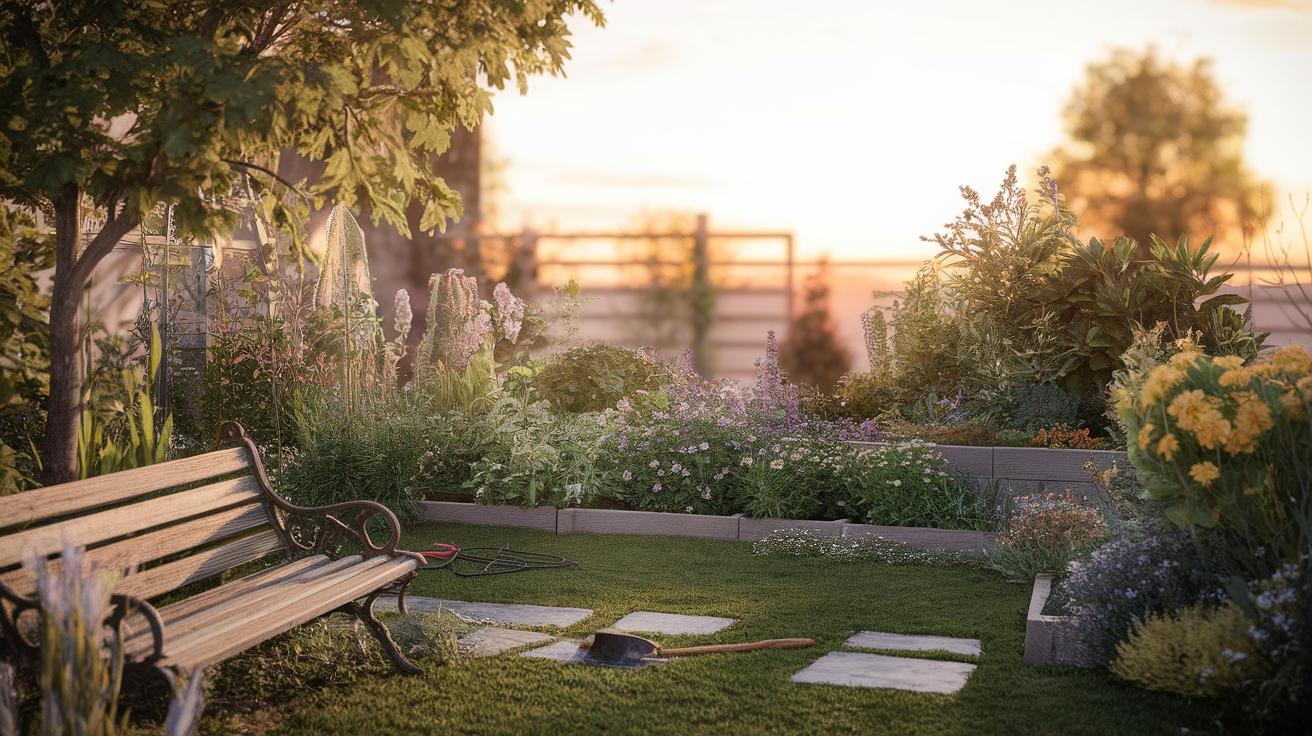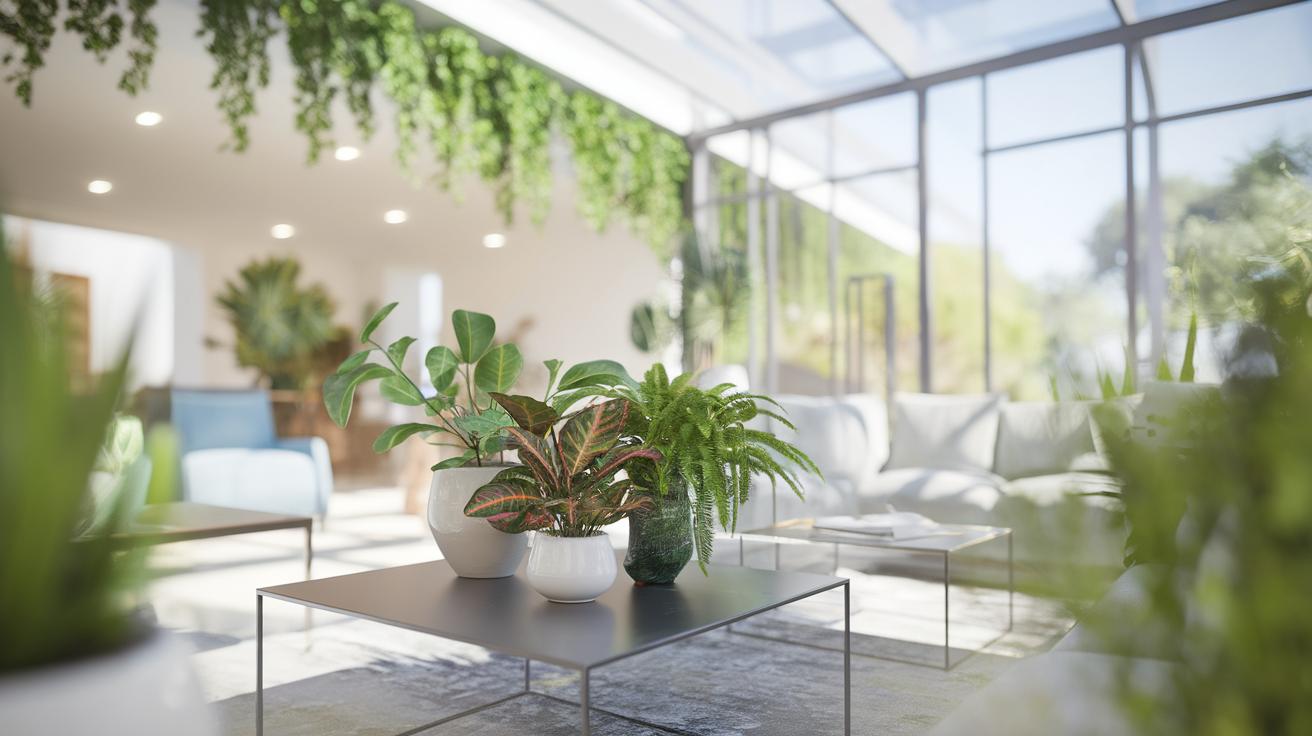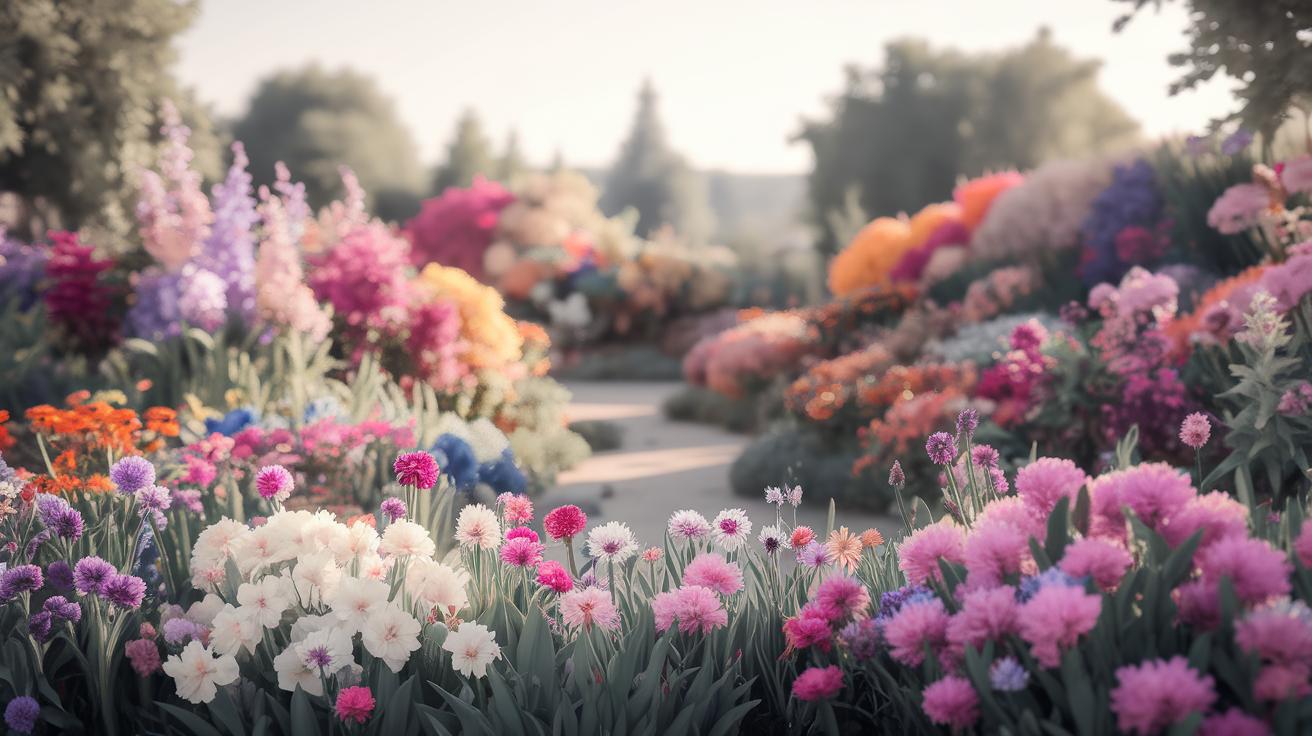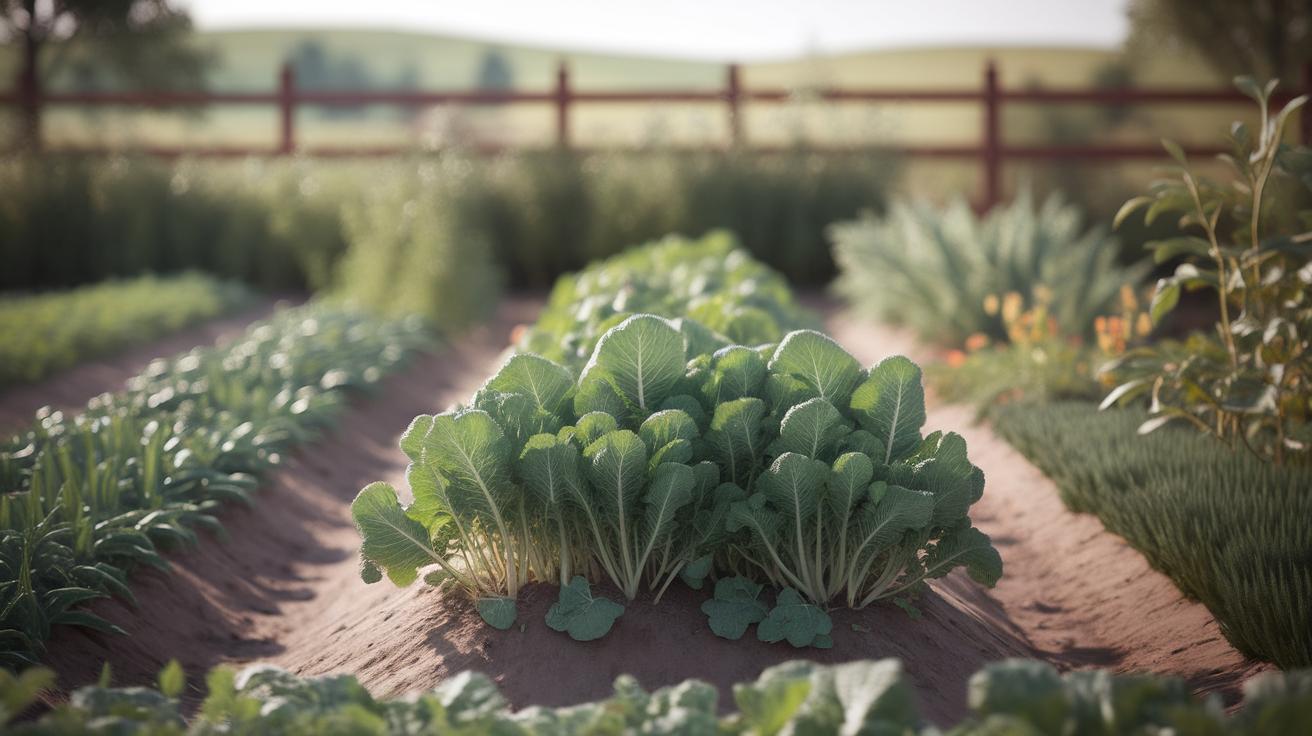Introduction
Creating a home garden is a delightful endeavor that not only beautifies your immediate surroundings but also fosters a connection with nature. By carefully designing a cozy garden space, homeowners can transform their backyards into serene retreats, ideal for relaxation and offering a refreshing escape from the daily hustle. Whether you’re an experienced gardener or a beginner looking to explore this rewarding pastime, understanding the principles of garden design will help you craft a thriving space that meets your aesthetic and functional desires.
The concept of home gardening encompasses various forms, from vegetable patches and flower beds to lush landscapes that incorporate both edible and ornamental plants. This article will guide you through the essentials of planning, designing, and maintaining your home garden, ensuring that your green space flourishes with vibrancy and purpose. Embrace the joy of cultivating your oasis while enjoying the numerous benefits that a well-planned garden can provide, including environmental, health, and social advantages.
Understanding Home Gardens Transform Your Space With A Cozy Home Garden
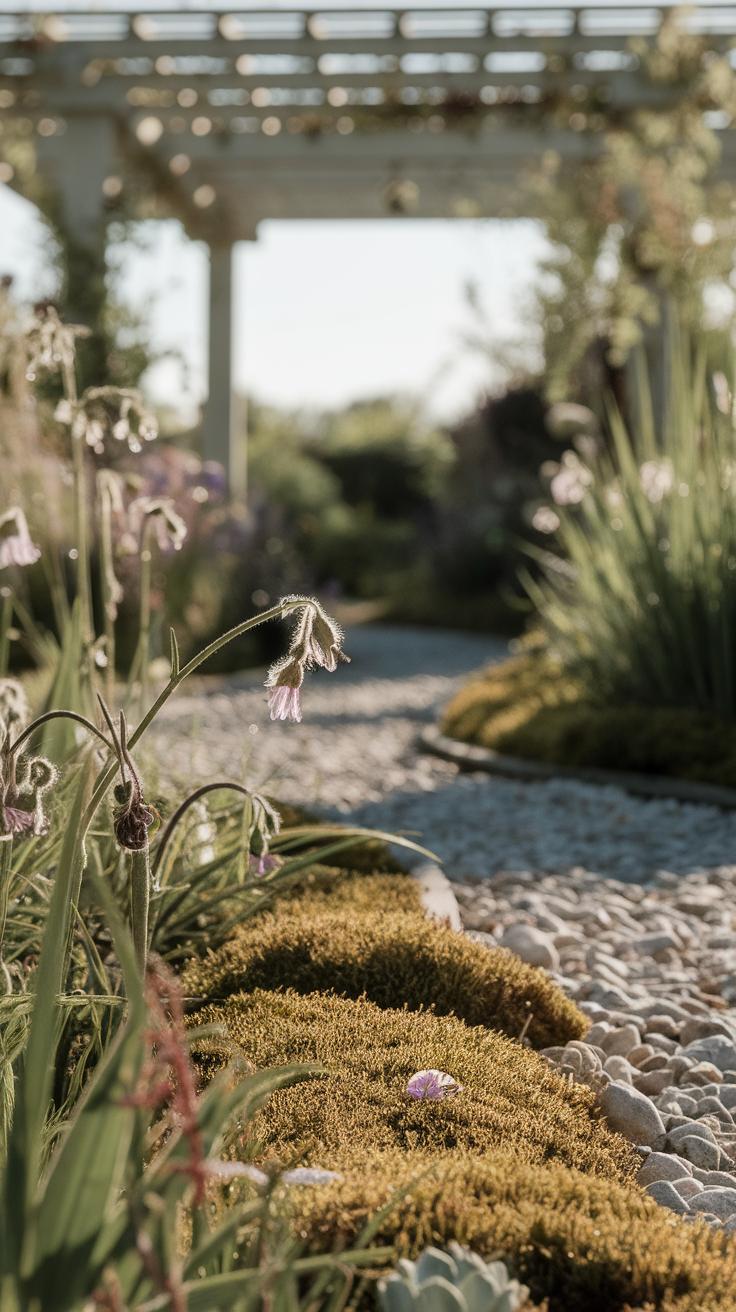
Home gardens are remarkable spaces that offer much more than aesthetic appeal; they provide a sanctuary for relaxation and creativity right outside your front door. The concept of a home garden embodies a personal connection to nature, allowing homeowners to cultivate their own green oasis. These gardens come in various forms, such as herb gardens, flower beds, vegetable plots, and even container gardens, each serving unique purposes and catering to different lifestyles.
Establishing a home garden can significantly enhance living spaces, creating a lively atmosphere that encourages mental and physical well-being. The benefits extend beyond beauty; a well-designed garden can improve air quality, reduce stress, and foster a sense of accomplishment through nurturing plants. Encouraging biodiversity in your outdoor area also supports local ecosystems. By understanding the different types of gardens available, homeowners can choose the one that best complements their lifestyle and enhances the tranquility of their surroundings.
Designing Your Home Garden Essentials of Effective Garden Design

Layout and Pathways
A well-thought-out layout is fundamental in achieving an inviting home garden. Start by determining the space available and the style you wish to create, whether formal or informal. Pathways should guide visitors through the garden, creating visual interest while serving a functional purpose. Incorporating curves rather than straight lines can provide a more organic feel, while materials like gravel or stepping stones can enhance texture and contrast. Consider the flow of traffic and ensure that paths are wide enough for easy navigation, making the area accessible and enjoyable for all.
Plant Selection and Seating Areas
Choosing the right plants is vital to complementing your garden’s aesthetic. Opt for a mix of perennials and annuals to ensure year-round interest. Include a variety of heights, colors, and textures to create a vibrant tapestry. Don’t overlook the importance of creating cozy seating areas. Benches or patio furniture positioned throughout the garden can invite relaxation and contemplation, encouraging a tranquil outdoor retreat. Placement is key; ensure seating is conveniently located to capitalize on scenic views, whether it’s a blossoming flower bed or a serene water feature.
Preparing Your Garden Space Essential Steps to Transform Your Outdoor Retreat
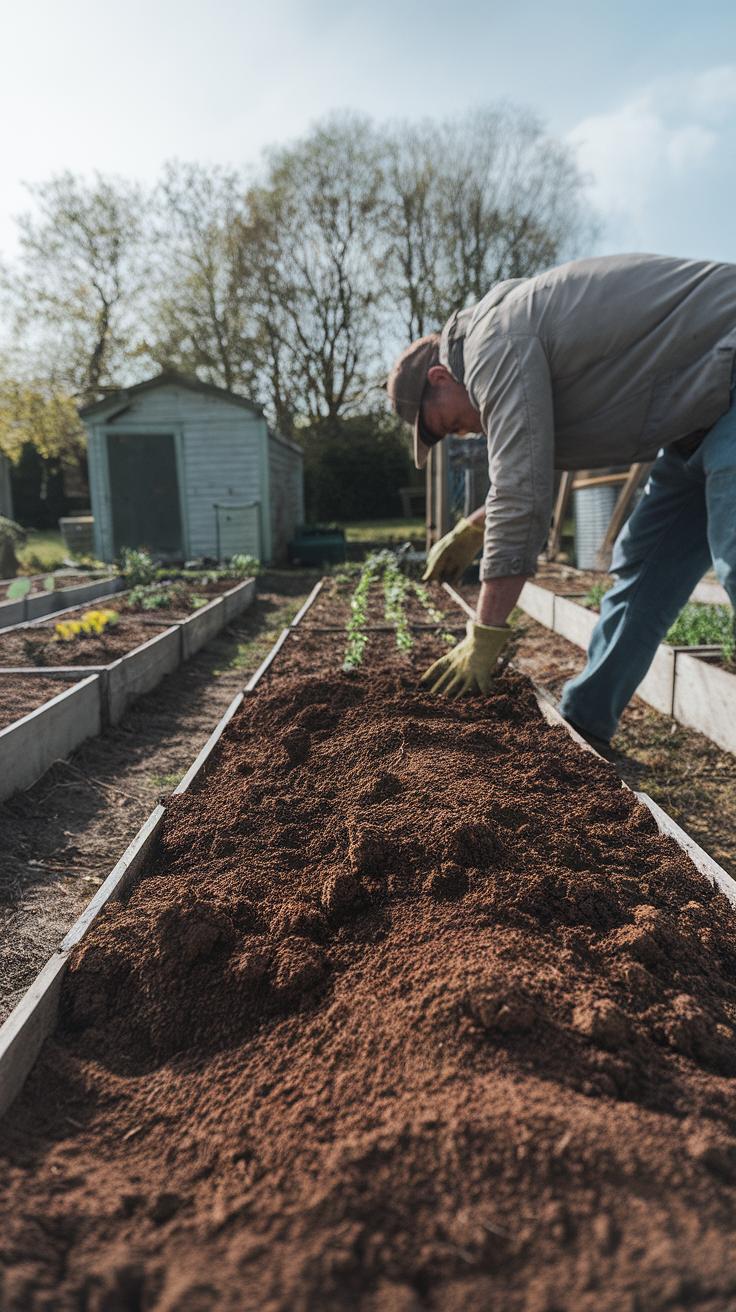
Soil Testing and Amendments
Preparing your garden space starts with understanding the soil. Conduct a soil test to determine its pH and nutrient levels. Testing kits are available at local garden centers, providing insights into necessary amendments. Based on the results, you may need to add organic matter like compost or specific nutrients such as nitrogen or potassium to enhance fertility. These adjustments foster a rich environment for plants, ensuring they thrive.
Choosing the Right Location
The selected location for your garden plays a vital role in its success. Aim for an area that receives at least 6-8 hours of sunlight daily. Observe your space throughout the day to identify sunlight patterns and potential shade from trees or buildings. Soil drainage is equally significant; ensure the area doesn’t retain too much water, which can harm root systems. With careful consideration of these factors, you can create an inviting garden that promotes serenity right outside your door.
Sustainable Practices in Home Gardening Minimizing Environmental Impact
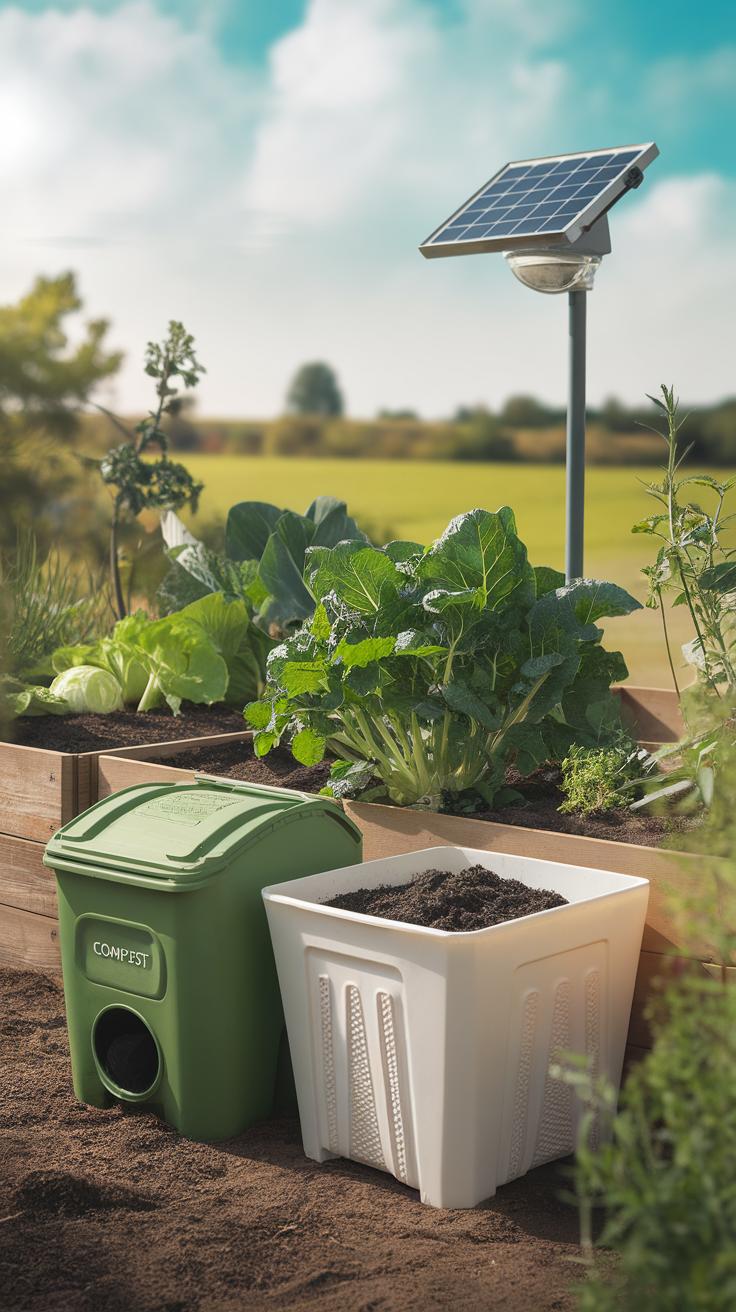
Organic Growing Practices
Adopting organic growing practices substantially reduces environmental harm while enhancing the quality of your home garden. This method emphasizes the use of natural fertilizers and pest control options. Composting kitchen scraps and garden waste creates nutrient-rich soil amendments, promoting healthy plant growth without chemical additives. Selecting native plants is another effective practice, as these species require less water and are more resistant to local pests and diseases. By nurturing beneficial insects like ladybugs and bees, gardeners can create a balanced ecosystem that supports biodiversity while minimizing harmful interventions.
Permaculture Principles
Integrating permaculture principles into your garden design fosters a harmonious relationship between plants, animals, and the environment. This approach advocates for the use of perennial plants, allowing your garden to become self-sustaining over time. By observing natural ecosystems, gardeners can design layouts that optimize water usage and minimize waste. Mulching around plants retains moisture and suppresses weeds, further supporting sustainable growth. These techniques, rooted in ecological awareness, not only enhance the beauty of your space but also contribute to a healthier planet, turning your home garden into a serene retreat with lasting impact.
Creating Garden Zones Enhancing Usability and Aesthetics
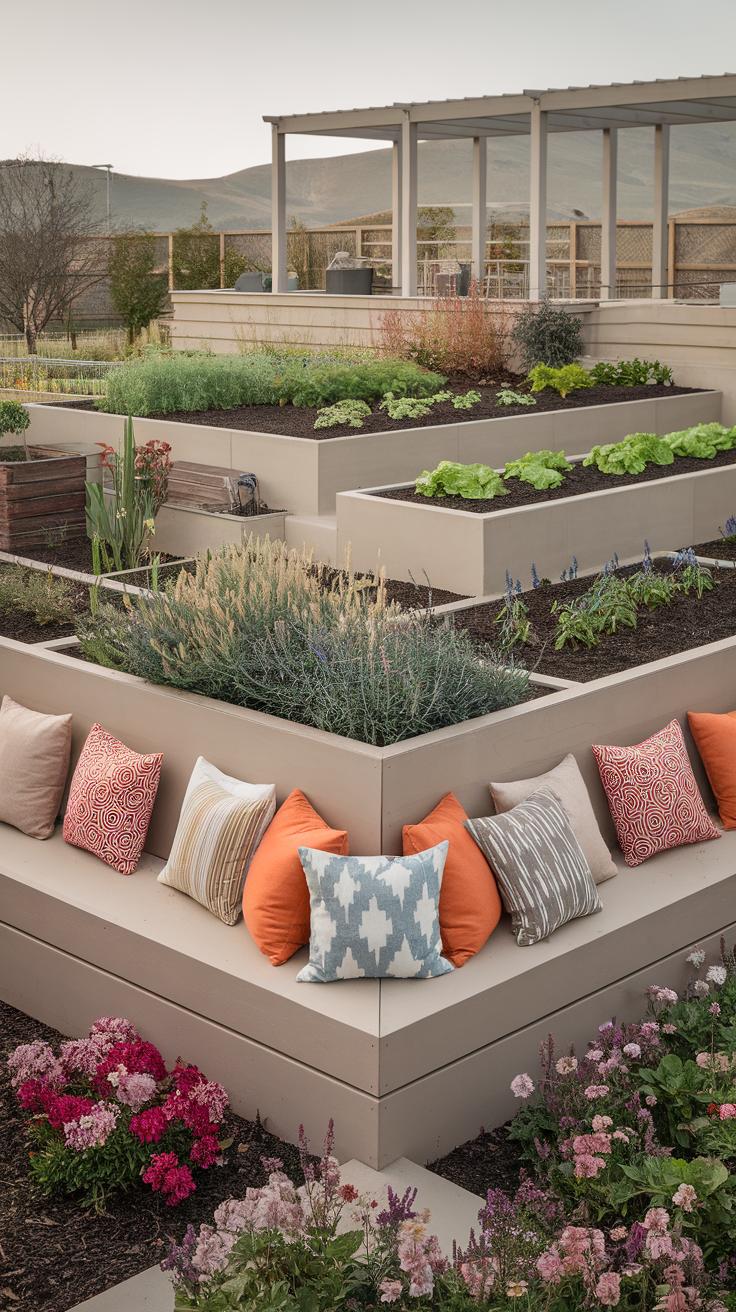
The Concept of Garden Zones
Establishing distinct garden zones significantly improves both the functionality and appearance of your outdoor space. Garden zones refer to various areas within your garden, each designed for a specific purpose or theme, allowing for an organized and intentional layout. By dividing your garden into zones such as relaxing nooks, vibrant flower beds, and productive vegetable patches, you create a flow that guides visitors and enhances usability.
Benefits of Dividing Your Garden
Implementing garden zones not only maximizes the available space but also contributes to diverse visual appeal. Each zone can feature unique plant types, textures, and colors, creating a tapestry of interest. For example, a seating area surrounded by fragrant herbs can stimulate relaxation, while a playground zone can invite family activities. Such deliberate segmentation enables easy navigation, making your home garden a personalized retreat that reflects your style and caters to various needs.
Incorporating Edibles into Your Garden A Visual Feast of Fruits and Vegetables

Designing a Harmonious Edible Garden
Creating a garden that features edible plants can transform your outdoor space into both a visual and gastronomic delight. Consider the balance between aesthetics and functionality when incorporating vegetables and fruits. Opt for raised beds with colorful plants such as rainbow chard, heirloom tomatoes, or vibrant peppers. These choices not only provide delicious produce but also add a splash of color to your garden.
Maximizing Space with Clever Planting Techniques
Vertical gardening techniques can make a significant impact in an edible garden. Utilize trellises for climbing plants like beans and cucumbers, allowing you to maximize space without sacrificing beauty. Additionally, companion planting can enhance both growth and visual appeal. Pair herbs like basil and rosemary with flowering plants to create an inviting and fragrant patch that encourages visits from pollinators.
Garden Maintenance and Care Ensuring the Longevity of Your Cozy Home Garden
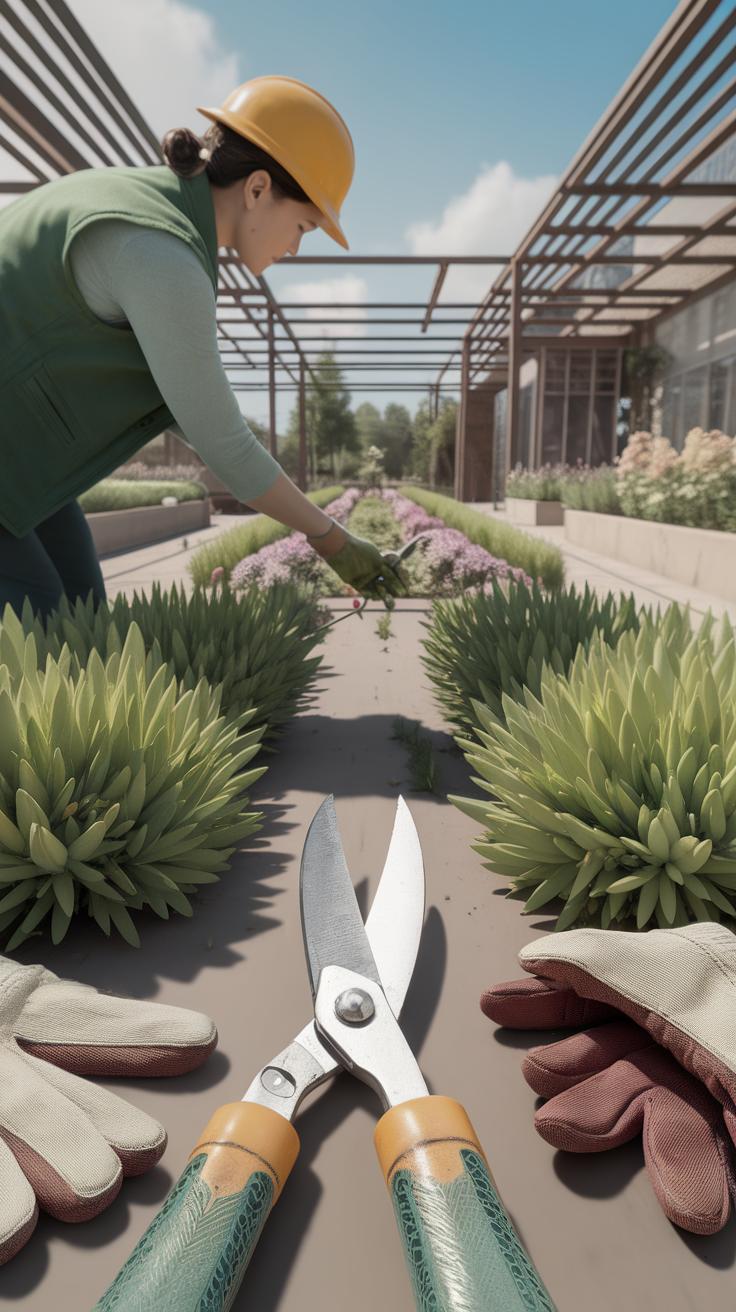
Essential Tasks for a Thriving Green Space
Creating a serene retreat through your home garden requires ongoing maintenance to keep it vibrant and healthy. A fundamental task is watering; your plants need consistent hydration, particularly during hot spells. Implement a schedule that considers rainfall and plant types. Drip irrigation systems can help ensure deep watering while conserving water.
Weeding is another vital aspect, as weeds compete for nutrients and space. Regularly check your garden and remove them by hand or with tools, focusing on the roots to prevent regrowth. Pruning is equally important for encouraging growth and maintaining plant shape. This involves removing dead or diseased branches to promote healthy development and improve airflow.
Creating a Sustainable and Attractive Garden
Incorporating organic fertilizers and compost supports soil health, fostering a thriving environment for your plants. Mulching not only suppresses weeds but also retains soil moisture, further enhancing sustainability. Regularly monitor your plants for pests, employing natural remedies or companion planting for pest control.
By dedicating time to these essential maintenance tasks, your cozy home garden will flourish, providing a serene atmosphere right outside your door. A healthy garden transforms your outdoor space into a tranquil retreat that enhances your home’s charm.
Seasonal Gardening Tips Transform Your Space With A Cozy Home Garden
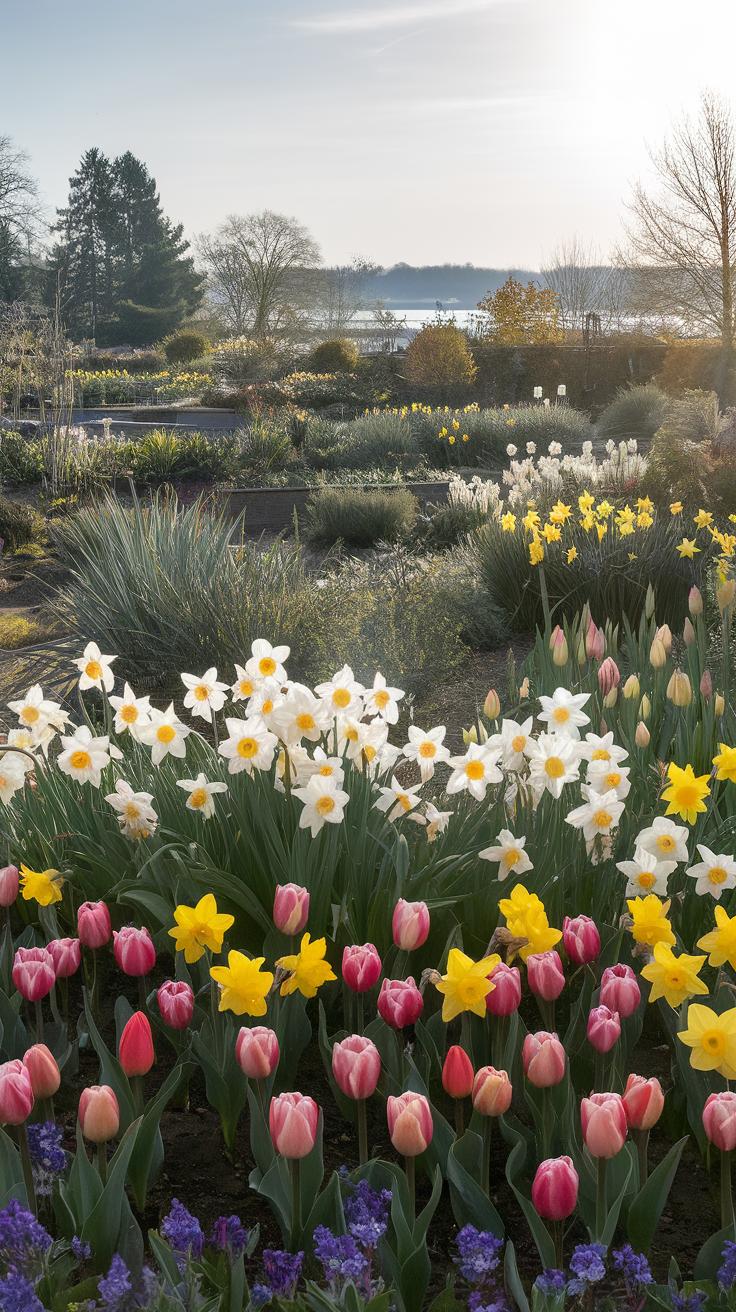
Spring Planting for Vibrant Growth
Spring is the perfect time for rejuvenation, making it ideal for planting vibrant flowers and vegetables. Consider sowing snap peas, lettuce, and radishes as early crops. Plant perennial flowers like tulips and daffodils to bring color back to your garden. It’s important to prepare your soil by adding compost, ensuring it is nutrient-rich for transplants. Regularly check for weeds and keep the soil moist to promote healthy seedlings.
Summer Care and Planting Strategies
In summer, focus on maintaining your garden’s health while introducing new plants. Herbs like basil and cilantro flourish in warm weather, and vegetables such as tomatoes and bell peppers thrive. Ensure consistent watering, particularly during dry spells, as this helps sustain growth. Applying mulch can help retain moisture and prevent weeds from taking root, maintaining your garden’s aesthetics and functionality.
Fall Gardening for Continued Bounty
As fall approaches, it’s time to harvest and prepare your garden for winter. Consider planting cold-tolerant crops like kale, spinach, and garlic. Cleaning up spent plants and adding organic matter to the soil will enhance its fertility for the next planting season. Be sure to protect perennials and bulbs from freezing temperatures, ensuring your garden remains a serene retreat even in colder months.
Winter Gardening Survival Tips
During winter, the garden may seem dormant, but it can still be a space for beauty. Focus on creating winter interest with evergreens and ornamental grasses. If you’re feeling adventurous, start an indoor herb garden to enjoy fresh flavors throughout the season. Furthermore, this is an excellent time to plan your garden layout for the coming year, considering what worked well and what can be improved to maintain your cozy retreat.
Enhancing Your Garden With Accessories Transform Your Space With A Cozy Home Garden
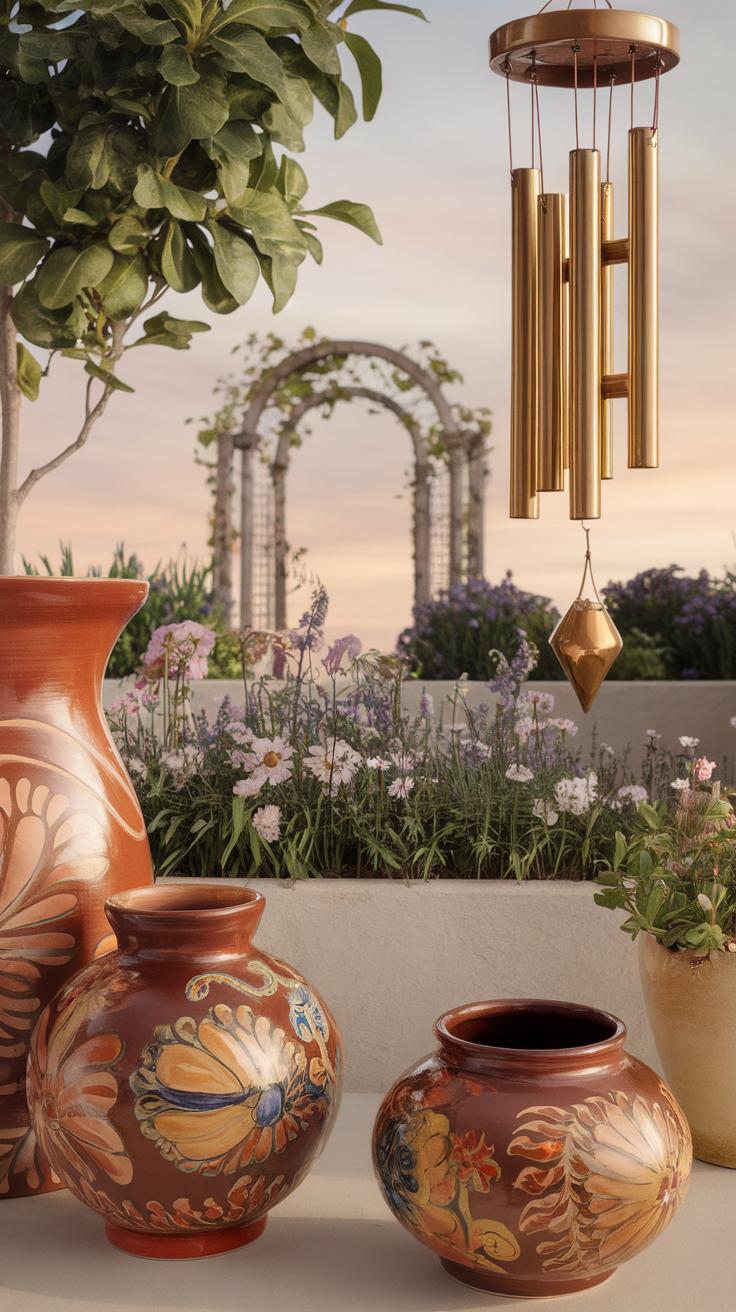
Comfortable Furniture and Thoughtful Decor
Incorporating garden furniture into your home garden creates inviting spaces that encourage relaxation and contemplation. Consider adding a comfortable seating area complete with cushioned chairs or a cozy loveseat, where you can unwind with a book or share a meal with loved ones. Elegant tables provide a functional surface for drinks or snacks, making garden gatherings more enjoyable. Decorative elements such as sculptures, birdbaths, or whimsical planters further personalize your space, infusing it with character and charm.
Illuminating Your Garden Environment
Lighting plays a pivotal role in enhancing the ambience of your garden, transforming it into a serene retreat even after sunset. String lights draped between trees or lanterns placed strategically throughout the space create a warm glow, perfect for evening gatherings. Low-voltage garden lights can highlight pathways and flower beds, guiding guests while adding depth to your landscape. Incorporating various light sources establishes a tranquil atmosphere, making your garden not just a daytime sanctuary but also a nighttime escape.
Conclusions
A home garden offers more than mere aesthetics—it is an opportunity for personal expression, sustainability, and well-being. The journey of transforming your outdoor space into a cozy sanctuary requires thoughtful planning, a keen eye for design, and an understanding of horticultural practices. By implementing the strategies discussed in the article, you can create a harmonious and inviting environment that caters to your needs and those of your family.
In addition to enriching your life, cultivating a home garden promotes ecological awareness and biodiversity. As you nurture and grow your garden, you contribute positively to the environment while reaping the rewards of your efforts. Ultimately, the process of growing a home garden is not just about the plants—it is about creating a space that reflects your values and enhances your quality of life.


